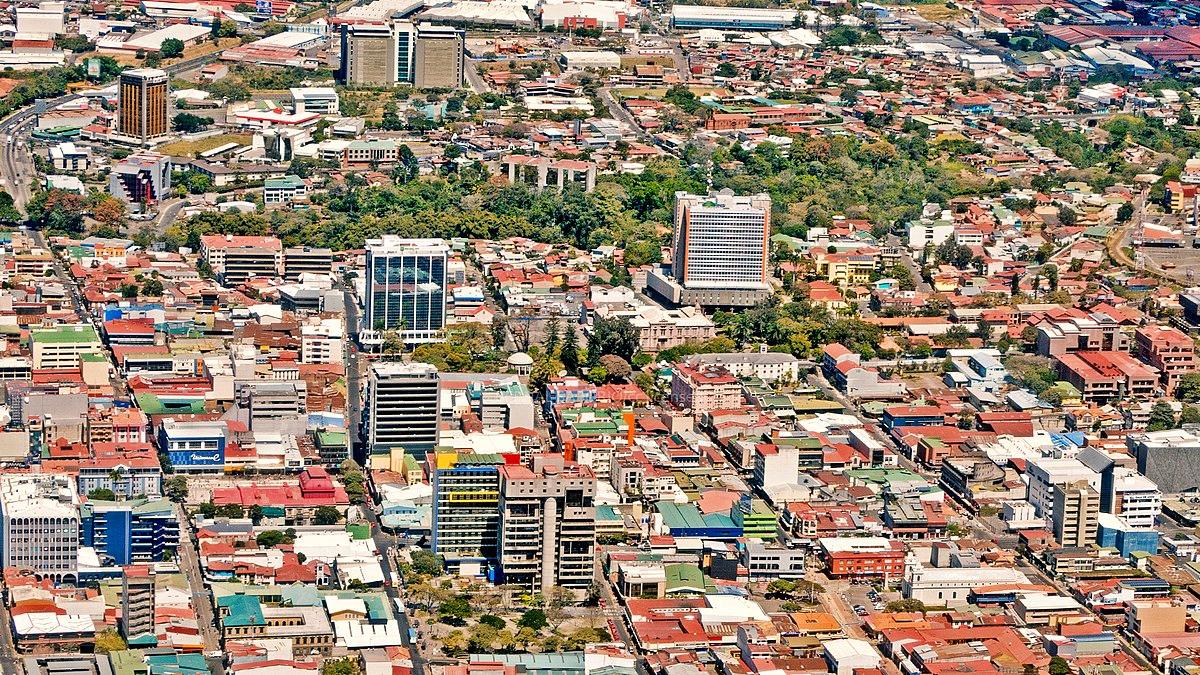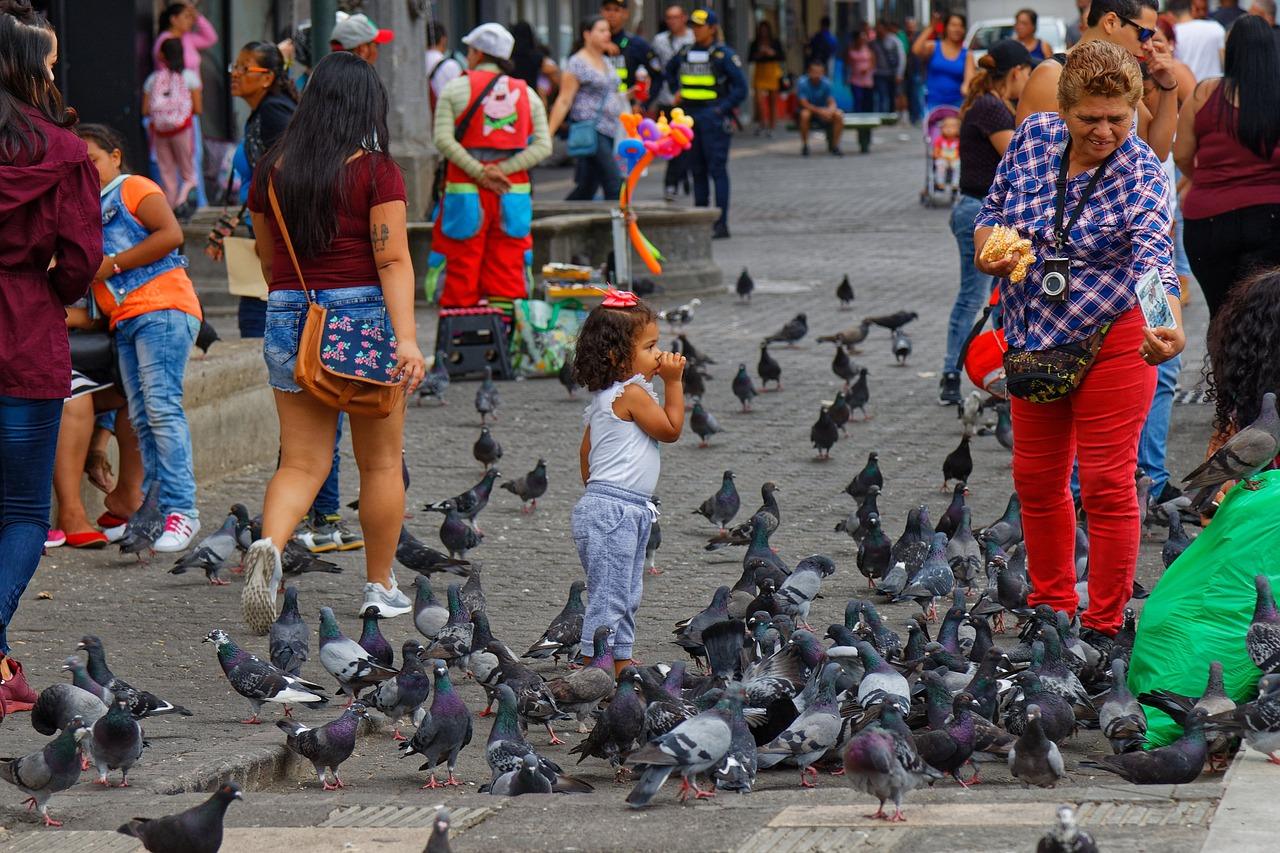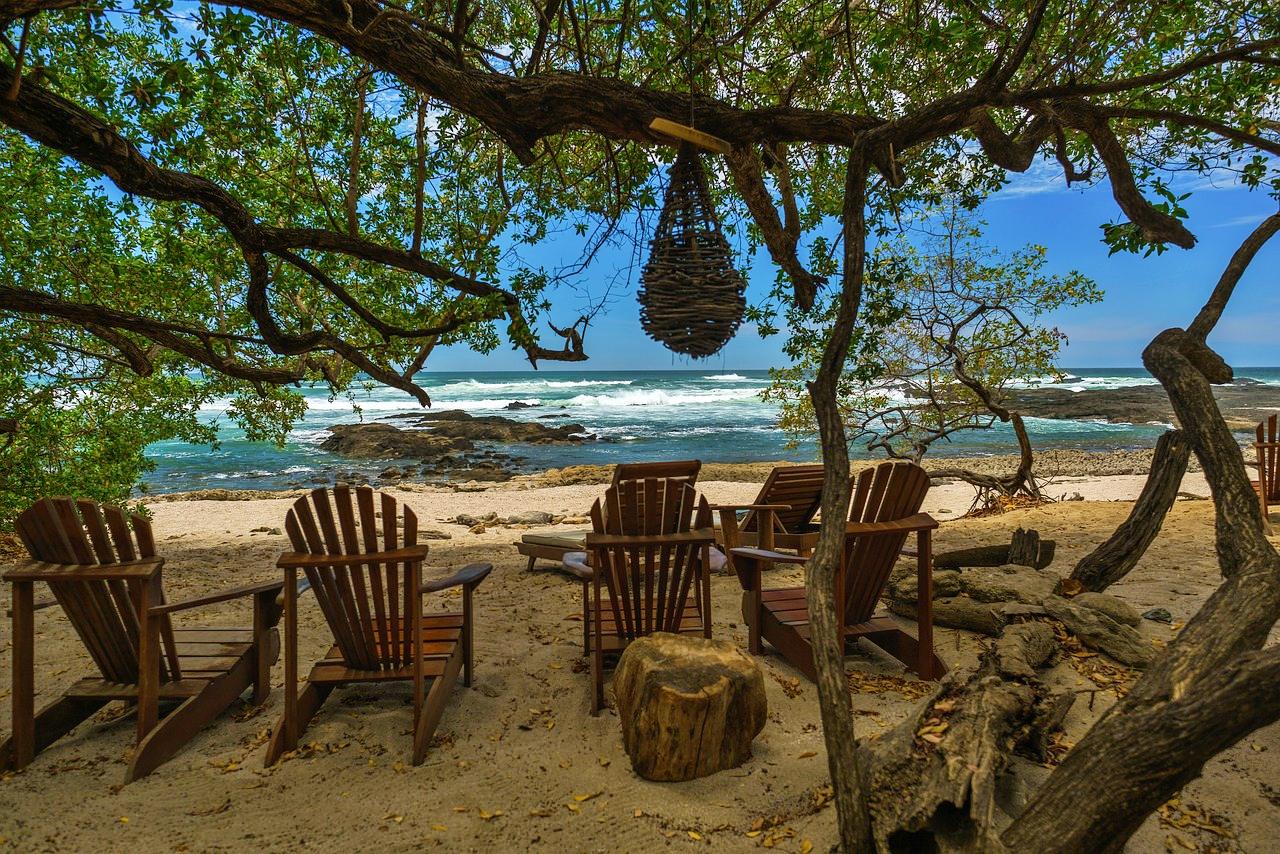US Embassy In Costa Rica Issues New Travel Advisory

With its beautiful nature, idyllic beaches and eco-friendly environment, Costa Rica is a popular destination. However, right now, the US Embassy has issued a new travel advisory for this Central American country. If you are planning a vacation in Costa Rica, read on to find out what is happening and what to avoid.
US Embassy issues travel advisory for Costa Rica

With its close proximity to the US, lush rainforests, gorgeous beaches and more, Costa Rica is a popular destination for travelers. However, while it is normally considered a safe destination, the country has had a recent increase in violent crime.
As most travelers know, when visiting a foreign country, it is always good to be aware of your surroundings. It doesn’t matter where you are in the world, bad things can happen at any time, from pickpockets to more violent situations. For this reason, it is important to take note of travel advisories when planning a trip.
The US State Department has a 4-level system to determine safety in each country, as follows:
- Level 1 – US citizens should exercise normal precautions
- Level 2 – US citizens should exercise increased caution
- Level 3 – US citizens should reconsider travel plans
- Level 4 – US citizens should not travel
Earlier this week, the US State Department issued a Level 2 alert for Costa Rica, advising Americans to take extra precautions due to an increase in violent crime. While no specific examples were given, an alert like this should be taken seriously.

Admittedly, the warning doesn’t cover the whole of Costa Rica, as the recent violent crime has been happening in its capital city, San Jose. However, San Jose hosts the country’s main airport and is the main hub where most travelers begin their visit to Costa Rica. To give an idea, a recent report showed more than 1.2 million US travelers arriving by plane.
US Embassy in Costa Rica gives guidelines
According to the US Embassy in the country, visitors to Costa Rica should follow these guidelines:
- Be watchful when in a public area, especially when exiting a store or venue.
- Always be aware of your surroundings and should you feel unsafe, leave immediately.
- Make sure not to stand out in a crowd and try never to be alone.
- Keep valuables such as jewelry, electronics and money hidden from public view.
- Do not walk alone at night and stick to well-lit streets.
- Always ensure someone you trust has your contact information and keep them updated with your whereabouts and plans.
- When driving, keep doors locked at all times and keep all valuables out of sight.
Meanwhile, the US Embassy recommends that visitors enroll in STEP, a government program to update travelers on the latest security alerts. Meanwhile, if someone is in immediate danger, the emergency phone line in Costa Rica is 911, just like at home.
Costa Rica responds to travel advisory

With its famous Pura Vida lifestyle, Costa Rica relies heavily on tourism and when safety is questioned this can damage the country’s reputation and economy. The Minister of Public Security, Jorge Torres was quick to question why the US issued the travel advisory. While he did admit to an increase in violent crime, he feels the travel advisory is unfair. However, while no specifics were released by the US, Torres does believe drug wars between gangs are mostly to blame for the uptick in crime.
So far, no update has been released about plans to alleviate the problem and Costa Rica may currently be in the damage control stage until a better strategy is formed.
In the meantime, Americans are warned to take the travel advisory to heart when visiting the Central American destination.
